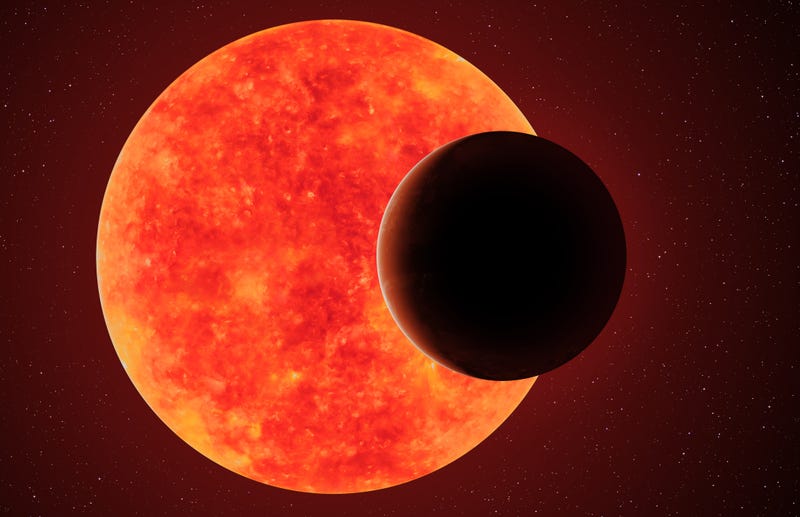
New research from a team of international scientists suggests that there may be two planets 100 light-years from Earth suitable for human life. The team has said the two are "super-Earth" type planets.
The researchers out of Belgium's University of Liège announced their discovery of the planet while confirming the existence of another using Earth-based telescopes on Wednesday. The first planet was initially spotted by a NASA satellite in the same solar system.
The first planet, LP 890-9b, was initially found by NASA and is said to be 30% bigger than Earth, orbiting its sun in about 2.7 days.
While taking a closer look at LP 890-9b, researchers discovered LP 890-9c, which is said to be 40% larger than Earth, circling the same sun in 8.5 days.
Unlike other planets in our solar system, the 1,600 known super-Earths are much larger than our planet but lighter in size than icy planets like Neptune and Uranus.
NASA has specifically designed equipment to search for exoplanets that orbit nearby stars, called the Transiting Exoplanet Survey Satellite.
The satellite discovers a new planet when it passes in front of its stars, causing a ripple effect in the light emitted from the star. ULiège scientists then use ground-based telescopes to verify NASA's findings.
As for the planets that were just recently discovered, one of the paper's co-authors, Francisco Pozuelos, a researcher from the institute of Astrophysics in Andalusia, shared that the newest, LP 890-9c, could be suitable for life, despite its proximity to its sun.
LP 890-9c is 3.7 million miles away from its sun, while Earth is 93 million miles away from our sun. One reason Pozuelos says is that our sun is about 6.5 times larger than LP 890-9, the sun the two planets orbit.
"Although this planet orbits very close to its star, at a distance about 10 times shorter than that of Mercury around our Sun, the amount of stellar irradiation it receives is still low, and could allow the presence of liquid water on the planet's surface, provided it has a sufficient atmosphere," Pozuelos said in a statement.


